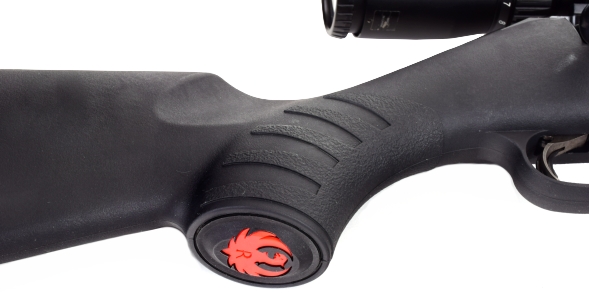
Working up handloads for any firearms takes a bit of research and always load testing. Powder lots are relatively uniform, but not so uniform that the same data can be used for canisters originating from different process lots. One powder type that seems to vary a good deal is Hodgdon’s H414, which is a terrific powder where case capacity is an issue and it typically generates a good deal of velocity at standard pressures. Norma powders are very uniform, but factory load data is very soft so experimentation is required to extract is fuller potential. Vectan is another good power, but load data from the manufacturer is also very soft. Some powder types, like IMR 7828 and IMR or H350 will almost always come within a few fps of predictive calculated velocity.
The powder types selected are relatively standard with the exception, perhaps, of Superformance. Superformance is good within a specific type of cartridge, not so much in general applications. As an example, Superformance is recommended for the 22-250 Remington, 243 Winchester and 300 WSM. Our Barrel Burner Calculator puts the 22-250 index at 12.5, the 243 Winchester at 14.4 and the 300 WSM at 16.6. The index is a relative measure of under or overbore condition, that takes into consideration case capacity, bullet diameter, pressure and bore volume. Within our handloading experience, Superformance does not offer and edge when used with less or greater intensity cartridge.
 |
Warning: Bullet selections are specific, and loads are not valid with substitutions of different bullets of the same weight. Variations in bullet material and length will alter net case capacity, pressure and velocity results. Primer selection is specific and primer types are not interchangeable. These data represents maximum loads in our firearms and test equipment and may easily be excessive in other applications. All loads should be reduced by 5%, and developed following safe handloading practices as represented in established reloading manuals produced by component manufacturers. Presentation of these loads does not constitute a solicitation for their use, nor a recommendation.
|
|||||||||||||||||||||||||||||||||||||||||||||||||||||||||||||||||||||||||||||||||||||||||||||||||||||||||||||||||||||||||||||||||||||||||||||||
|
|
||||||||||||||||||||||||||||||||||||||||||||||||||||||||||||||||||||||||||||||||||||||||||||||||||||||||||||||||||||||||||||||||||||||||||||||||
So many bad theories and so little time…
Naturally, after bragging about the long stretch of warm weather and lack of snow we’ve been experiencing in Maine this winter, it rained and hailed for two days straight. Fortunately umbrella and rain gear permitted target running and an LED lit chronograph and an overhead shelter allowed us to press on. When the smoke cleared, so did some of my opinions.
I am not impressed with Superformance powder. I tried it with several bullet weights as recommended and the only charge that made it to the table was substantially slower than other types of powder and none of the other types demonstrated signs of excessive pressure.
I will chalk up my selection of Berger VLDs as the result of delusions of long range shooting. I think they delivered what they could with the rifle’s 1:9″ twist; much more accurate than I had anticipated. The 105 Berger is recommended with an 8″ twist and the 115 grain with a 7″ twist, but they Greenhill to 9″ and 8″ respectively. In the end, neither brought any special quality to the party. Next time around the will be replaced with a 100 grain Nosler Partition and a 100 grain Sierra Pro Hunter. Their thicker ogive and flat base reduced length takes the pressure off a need for a tighter twist and their weight and reach is more consistent with the 243 Win’s hunting potential. Next time.
As for the Ruger American Rifle and Vortex Crossfire II scope combination, it performed as it should, a terrific hunting rifle. Other than when stuffed full of bullets that didn’t belong in a hunting rifle, it was terrific and even with the Berger 115 grain heavy weights it was no bad at all. Recoil management, as a function of stock geometry was good; light, minimal muzzle rise, quick on follow up shots.
I swear the bolt travel is so easy and so smooth with the American’s full diameter bolt, I would occasionally open the bolt to make sure it picked up and fed a round… it always did. After a few, I accepted it is just not the average two lugs in receiver runs rifle and enjoyed the smooth operation. The Vortex scope was a good match with the rifle. Adjustments were clean and uniform, adjusters stayed put. Even in the warm to cold, dry to wet weather quick switch, the image through the scope stayed clear and bright. The Ruger American – Vortex Crossfire II remains as noted in prior segments of this series, a terrific value for a terrific firearm.


Email Notification